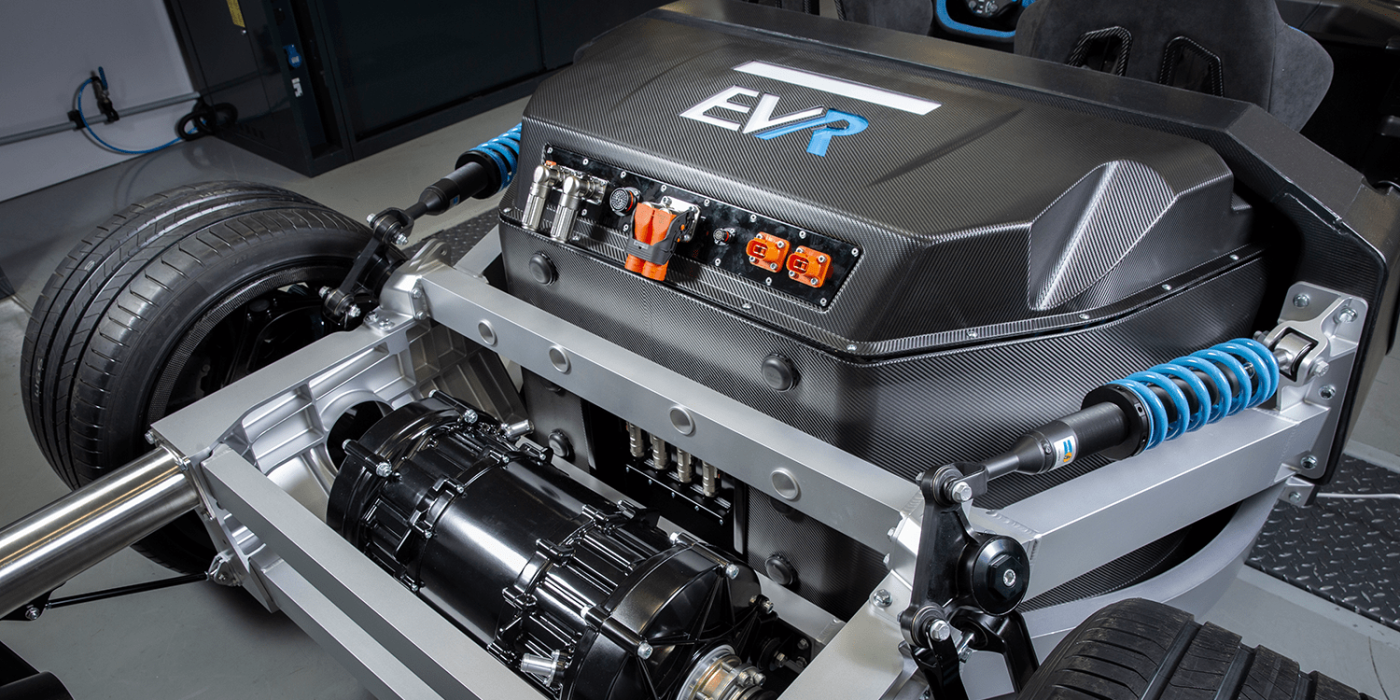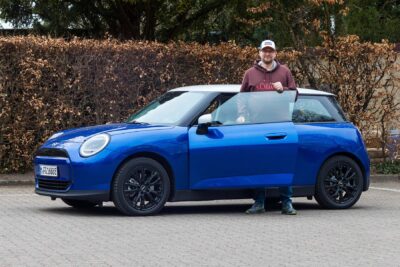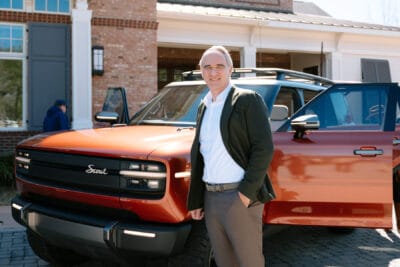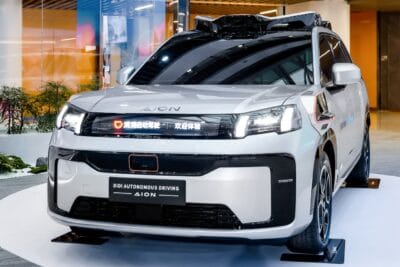Williams presents electric hypercar platform
Williams Advanced Engineering has unveiled a new electric vehicle platform specifically for hypercars called EVR. It is designed for a peak power of 1,650 kW and enables acceleration from 0 to 100 km/h in less than 2.0 seconds.
Williams Advanced Engineering unveiled the architecture at the Cenex LCV (Low Carbon Vehicle Show) in Millbrook, UK. In addition to the performance and acceleration data, the British company cites a top speed of more than 400 km/h with a vehicle mass of less than 1,800 kg for vehicles based on their new development. Future hypercars based on the EVR will also have an 85-kWh battery, which Williams says will provide a range of more than 450 km and can be charged in under 20 minutes.
The platform is flexibly designed so that it can cater to customers looking for either a complete solution, just the chassis, or any possible stages in between. In doing so, Williams promises flexibility in vehicle configuration and “maximum design freedom.” For example, EVR supports both track-only and road-going vehicles, rear-wheel drive alone and all-wheel drive, various electric motor configurations, and open and closed roof designs.
“EVR combines WAE’s exceptional expertise in motorsport-bred lightweight, composite structures and high-performance battery powertrains with our knowledge in developing and delivering electric vehicle programmes,” expressed Paul McNamara, Williams Advanced Engineering Technical Director. He said the platform accelerates high-performance electrification and offers a turnkey solution for startups and OEMs with an affordable business case, shortened time-to-market and highly flexible architecture.
With “shortened time-to-market”, the company explains that they aim to deliver a first EVR-based prototype to the respective customer within 12 months of project launch and to deliver a first production vehicle within 24 months.
As the next evolutionary step, Williams Advanced Engineering announced the further development of the EVR platform to include a fuel cell. The EVR-H is to offer the same performance data as the BEV version and run on hydrogen.
But back to the present, also in the spotlight at Milbrook is Williams Advanced Engineering’s new Scalable Battery Module, which is said to enable “the realisation of customised battery concepts in record time.” The Scalable Battery Module (SBM) is intended for small- to medium-volume custom pack and sub-pack systems, it says. Each module comes with a capacity of 1.08 kWh at a maximum voltage of 50 volts (nominal: 43 volts) and an energy density of over 240Wh/kg. An in-house developed “sense chain” architecture eliminates the need for redundant electronics. What’s more, it enables independent scaling of voltage and capacity, according to Williams.
Another innovation on display at the show, which runs through today, is Triumph Motorcycles’ prototype electric motorcycle, unveiled back in February. The motorbike was developed in a joint project with Williams and the University of Warwick.
Craig Wilson, CEO of Williams Advanced Engineering, commented on the company’s progress at the show: “WAE has grown from an embryonic business in 2010 to one which now employs over 500 people engaged in leading-edge and transformative technologies for a growing list of applications, sectors, and clients. The array of electric vehicle-focused innovations debuted here today at CENEX LCV underlines our capabilities in the development of high-performance solutions for the rapidly expanding EV market, further underpinning the company’s exciting global industrialisation plans.”
Williams Advanced Engineering is in the midst of a transformation due to Australian mining company Fortescue Metals Group completing its March 2022 engineering and battery company acquisition. In their completion announcement, the two companies also announced a specific joint project: The ‘Infinity Train’ for transporting iron ore is to become the world’s most efficient battery-electric locomotive.





0 Comments